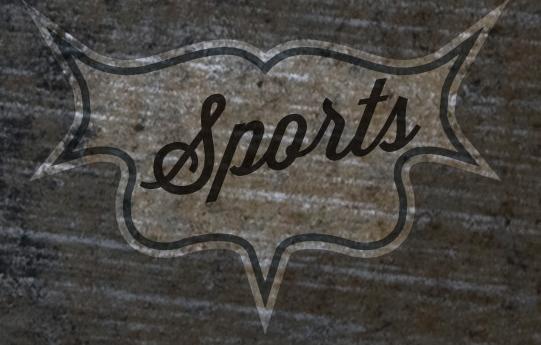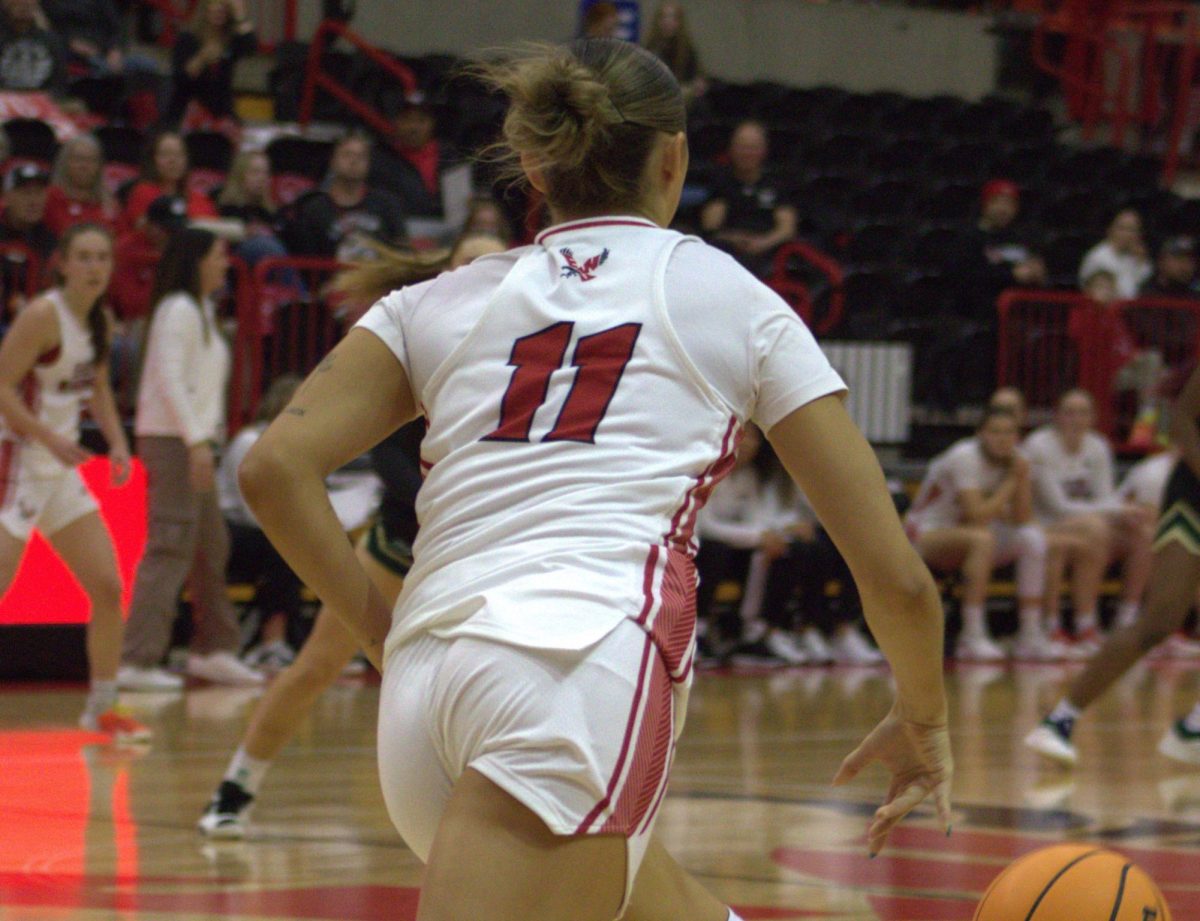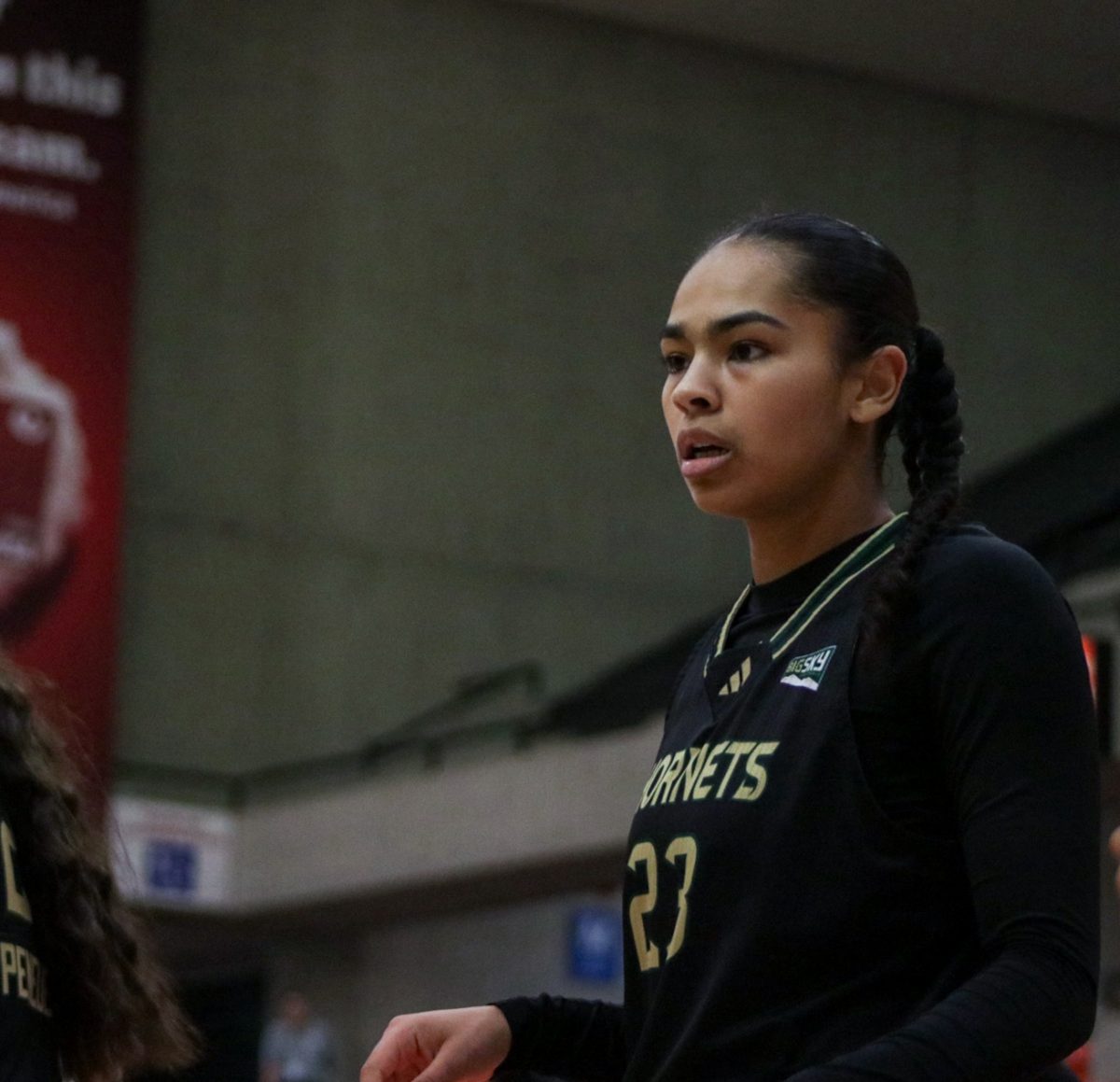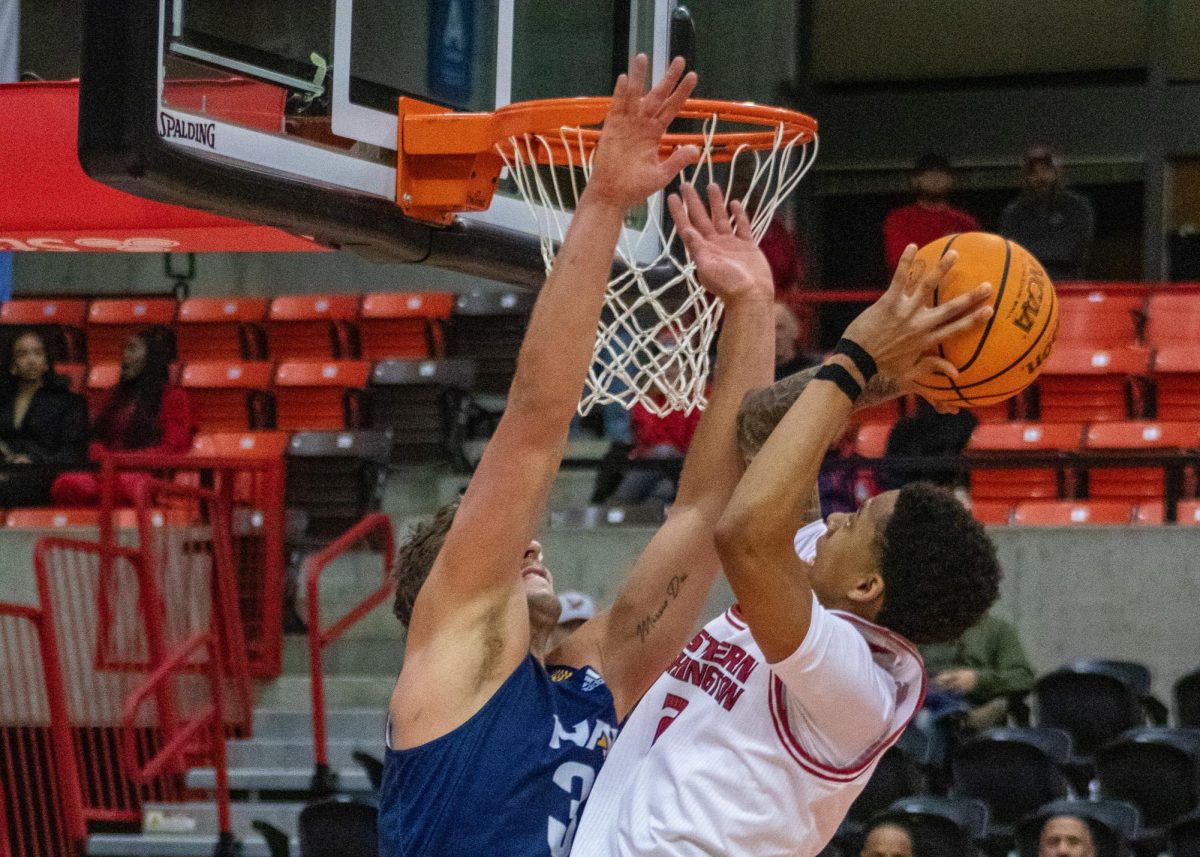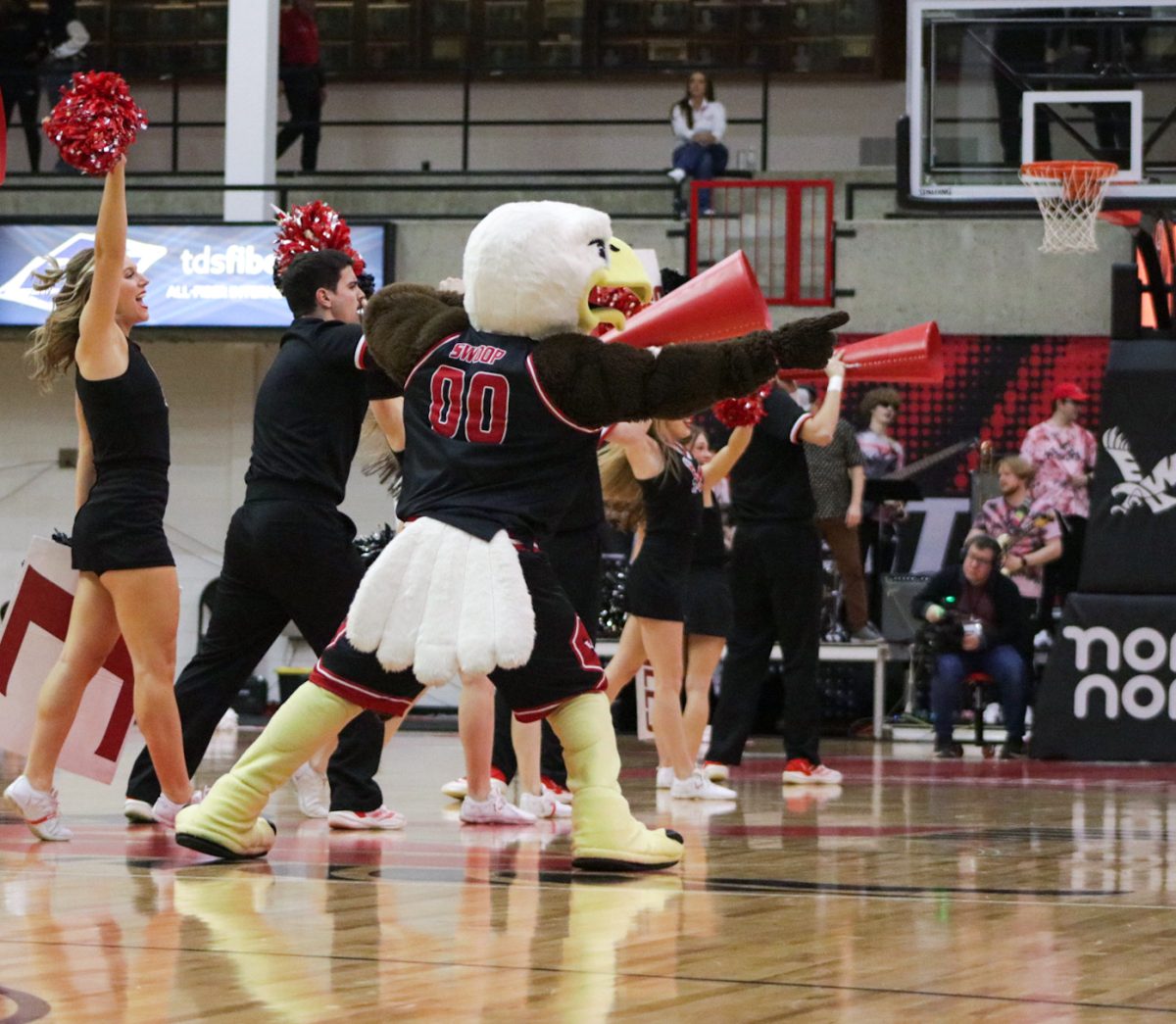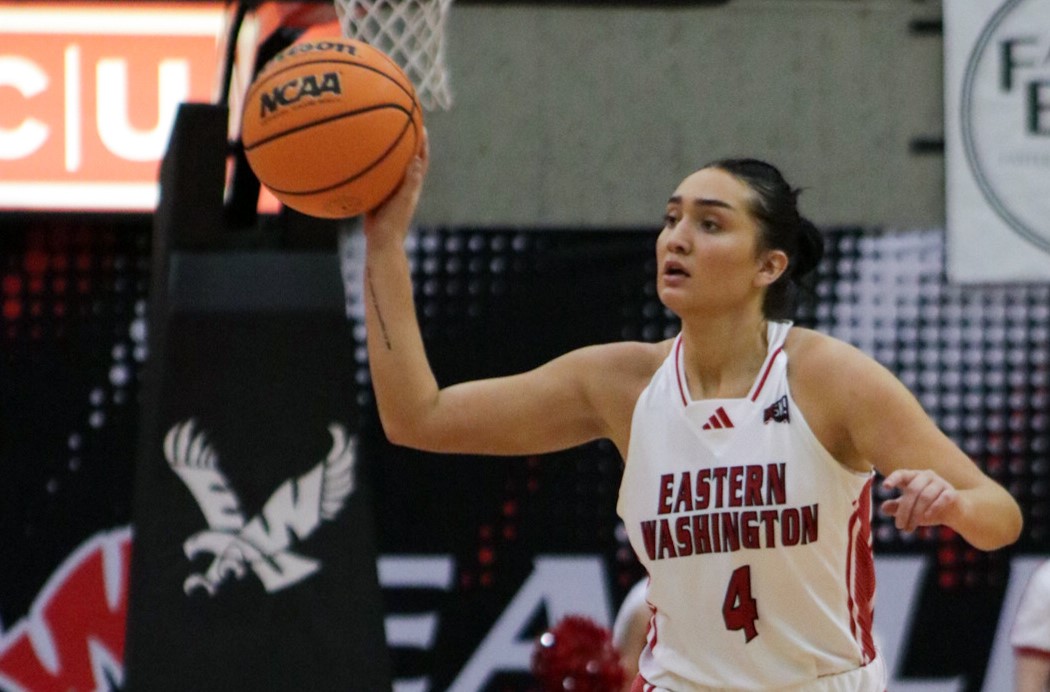Knee braces, crutches and casts adorn the bodies of athletes from the fields to the courts. But far more important than the injuries themselves is the athlete’s ability to recover from them both mentally and physically.
Head athletic trainer Brian Norton sees athletes generally go through three stages starting immediately after an injury: anger or resentment, acceptance and motivation. “We want to get them to the point where they accept [the injury],” he said.
After acceptance, motivation usually comes easy. “If they love basketball, they’re going to be motivated to get back to the team,” Norton said.
Senior forward Collin Chiverton’s love for basketball motivated him to play through several injuries. “I had a broken foot. I had surgery on it, and I got a 5-inch screw put in it,” he said of his 2011 preseason injury. “I got the screw initially because I wanted to play.”
Lindsay Niemeier’s passion for volleyball makes it difficult for her to sit out at home games and stay behind for away games with a torn ACL, MCL and meniscus. “It’s hard because the past couple of years, I’ve always traveled. All my roommates travel, so now I’m the only one [not traveling],” she said. “It’s different watching on the video screen instead of being there and contributing.”
Her inability to physically contribute to the team has taken a toll on her. “It kills me being on the sidelines. I just want to play,” she said.
Although she may not be able to be out on the court, Neimeier has found another way to help to her team. “I’m feeding [my teammates] information. I can’t be there physically, but I have to be there 10 times more mentally and vocally,” she said.
While both Niemeier and Chiverton currently feel motivated to get back on the court, they admit that they initially went through a phase of anger and resentment. “The first couple days I [asked myself,] ‘Why me? Why is this happening now? Why can’t I play?’” Niemeier said.
Chiverton had a similar experience. “When dealing with my broken foot, I felt like I wasn’t able to do the things I was usually able to do,” he said. “I felt lost and like there was nothing I could do about it.”
Just as Norton explained, after the resentment phase comes a new feeling of acceptance. “The third day, when I got the MRIs back, I was fine. At this point, I’m going forward. I can’t do anything else about it,” Niemeier said. “I can’t wonder, ‘What if?’”
What is significant about these players is their intense desire to recover and their positive attitudes towards what they have been through.
“The injury and everything that’s happened [has taught me to] really enjoy the moment,” said Niemeier.
Chiverton believes he has learned from his injuries as well. “I’ve learned a lot about perseverance and about becoming a man and a better person. There’s been a lot of things that I’ve had to do that I’ve never had to do before.”
Nevertheless, Chiverton has come out of this experience with nothing but an optimistic outlook. “It’s healed; It’s 100 percent. Everything’s looking positive.”
Although Niemeier is still going through the recovery process, she too is hopeful about her volleyball future. “Mentally I still feel really strong, which is a huge point for me personally because I feel like that [will] help me come back,” she said. “I’m still mentally confident in my game.”
Despite his injuries, Chiverton still maintains a passion for basketball and is ready to start the new season. “For me there’s nothing better than playing basketball,” he said.




